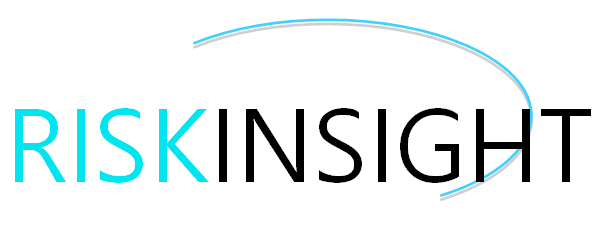We manage risk. Do we seize enough opportunities?
- By florian.glinserer
- •
- 27 Feb, 2019
- •
ISO 31000:2018 defines risk as “the impact of uncertainty on objectives”.
Uncertainty can result in upsides and downsides, yet most people think of risk as the chance or impact of something negative occurring. Whether it is financial risk, safety risk or production/operational risk, mention this word to someone and the chances are they will think of downsides, problems and negative potential outcomes.
Clearly, there are many (negative) threats that we need to identify, evaluate and manage on an ongoing basis. Yet there are also many opportunities we should seek to seize and capture. Perhaps opportunities are seen as “the reason why we are in business”. Risk teams can help people to ensure their opportunities are fully realised. Perhaps a performance metric that a Risk team can use is: are we doing enough to materially help the people we work with to seize opportunities?
There are many examples where risks can be realised as opportunities, including:
1. Hold meaningful and thought-provoking discussions about risk appetite to seek the right types of opportunities that match what your organisation stands for.
2. In Risk workshops, make sure you spend enough time looking at how to make opportunities happen; don’t just focus on negative threats (unless the workshop is specifically required to focus only on the negatives).
3. When you help people make risk-informed decisions, look at ways to seize opportunities as well as how to manage threats.
4. When you talk about chances (probabilities) of success / succeeding with a target, describe them as having “between a 50 and 70% probability of success” rather than “a 30 to 50% chance of failure”.
Can you turn a threat into an opportunity? Sometimes. The next threat you face, think about whether, if you changed your approach, it could be turned into an opportunity. It’s not always possible, but it’s possible more often than you might think.
In this 30-minute YouTube clip, independent Risk Consultant Alex Sidorenko interviews Hans Læssøe, a fellow independent Risk Consultant and former Senior Risk Director of LEGO, and discusses how to understand and thrive on uncertainty. It includes some guidance from Hans on seizing opportunities (which includes understanding your risk tolerance and appetite to ensure you leverage your opportunities fully).
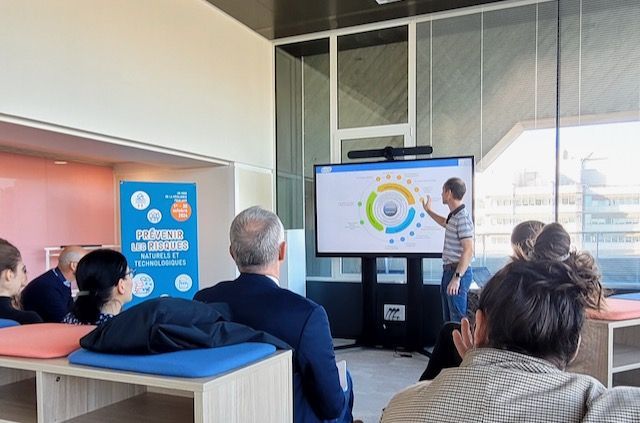
We held very interesting in-person discussions about how my Urban 2.0 framework and system can be used by cities and towns around the world, and also the release of the UNDRR Global Assessment Report, Special Report 2024, which I was delighted to contribute towards.
The municipality of Bordeaux is continuing to pursue some excellent work in urban resilience, which I will be profiling in due course...

Almost half of Small Island Developing States' (SIDS) populations reside in urban areas. Research into urban resilience and urban planning tends to focus on cities in large nations, and only a relatively small amount of specific research on SIDS cities currently exists. However, much of the general urban resilience research is applicable to SIDS, as long as context is considered.
This paper focuses on ways to implement measures that will foster resilient and dynamic cities in SIDS. Ensuring good policy action to build, maintain and continuously improve these cities is key to achieving sustainable development and resilient prosperity as set out in the Outcome Document of the Fourth International Conference for Small Island Developing States (SIDS4).
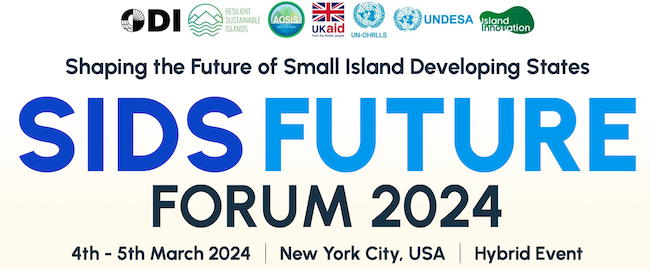
With growing challenges like climate change, debt burdens, and dwindling resources, they desperately need an actionable, doable, and ambitious roadmap for the next decade. 2024 is an important year for SIDS, with the SIDS4 conferencetaking place in May.
You can access details about the Forum on the Island Innovation website, here.

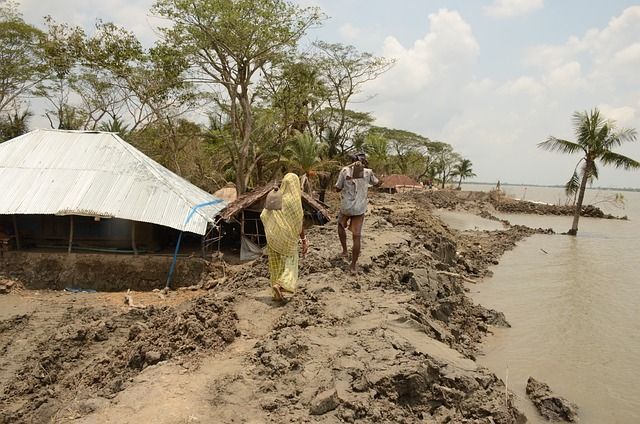
You can read edition #1 here. This first edition is an introduction to our work, containing a summary of some of the work we are undertaking, links to case studies and interviews with people about different aspects of avoiding disasters.


We held a very interesting in-person round table discussion with citizens about how disasters can be avoided.
The municipality of Bordeaux is pursuing some excellent resilience work, which I will be profiling in due course...

We reviewed approaches being taken to prevent hazards from turning into disasters, including examples and how innovation is helping countries, cities and communities prevent adverse fallouts from hazard events.
You can access the webinar and download all presentations here.

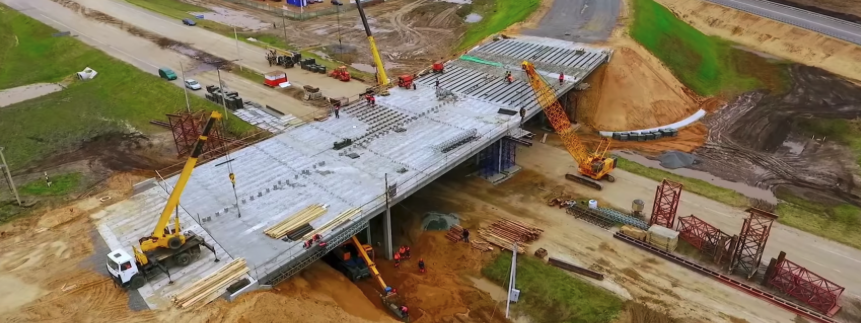
The December 2022 edition, which covers a wide variety of infrastructure-related topics, is available here...
